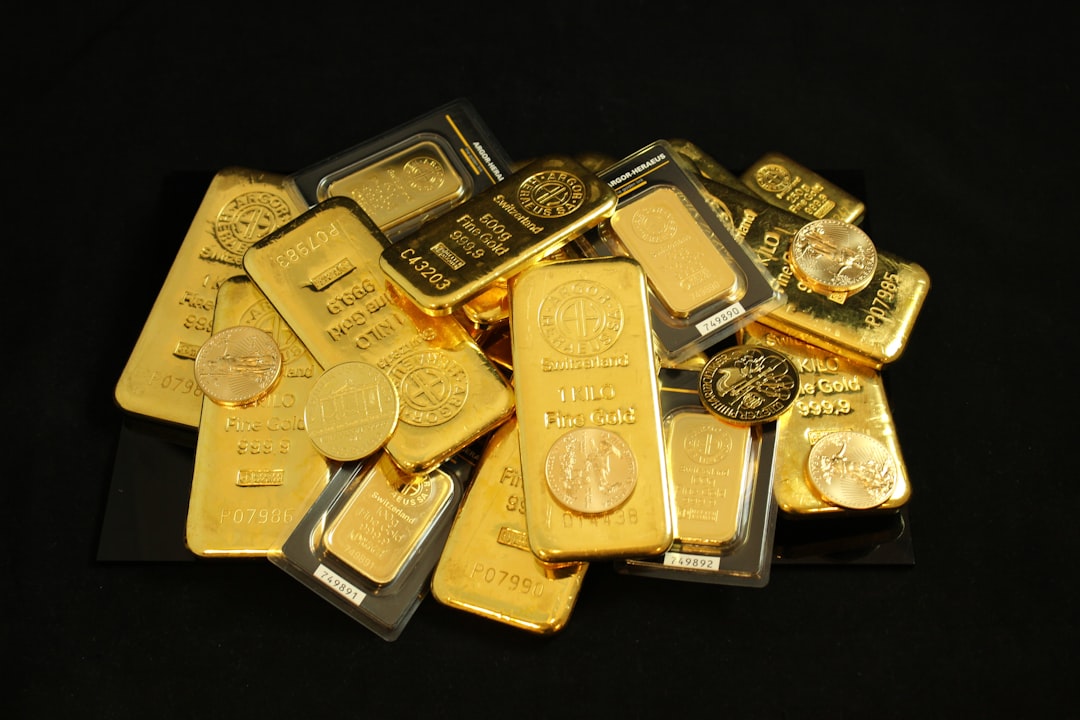
Gold prices took a step back from their record highs on Monday, pressured by a sharp rise in the U.S. dollar following President Donald Trump’s decision to impose tariffs on China, Canada, and Mexico. Despite the short-term decline, gold’s outlook remains strong, as the precious metal has experienced significant gains recently due to rising demand for safe-haven assets.
The U.S. Dollar Surge and Its Impact on Gold Prices
Spot gold fell 0.7%, settling at $2,780.56 an ounce, while gold futures for April dropped 0.8% to $2,810.30 an ounce by 23:38 ET (04:38 GMT). Despite these declines, gold prices remain high compared to historical levels, particularly after reaching a record high of $2,817.57 an ounce last week.
The downturn in gold was largely attributed to the surge in the U.S. dollar following Trump’s announcement of 25% tariffs on Canadian and Mexican imports and a 10% tariff on Chinese goods. This caused the dollar to hit a near one-month high, strengthening its appeal as a global reserve currency. For investors interested in tracking market movements in real-time, commodity API links such as the Gold Spot Price API provide detailed pricing data.
Higher Inflation Pressures Gold’s Long-Term Prospects
The trade tariffs, which will take effect on Tuesday, are expected to trigger higher inflation in the U.S. This may reduce the Federal Reserve’s incentive to cut interest rates further, which would typically support gold prices. As higher inflation and rate expectations build, gold’s long-term prospects may face challenges despite strong safe-haven demand in the short term.
Other precious metals, including platinum and silver, also retreated following the tariff announcement. Platinum futures fell 1.9%, reaching $1,024.0 an ounce, while silver futures declined by 1.5%, trading at $31.795 an ounce. These metals, like gold, had experienced significant price increases in the past week, driven by global equity market declines and rising geopolitical uncertainty.
Gold’s Role Amid Global Market Volatility
The recent market downturn, coupled with the uncertainty surrounding global trade, continues to drive demand for gold as a safe haven. Investors seeking to hedge against volatility in stock markets are turning to the yellow metal, which has historically performed well during periods of economic and geopolitical instability.
For a more in-depth analysis of precious metal price movements, the Commodity API is an excellent resource, providing real-time data for gold, silver, platinum, and other metals. This is an essential tool for anyone looking to stay updated on the latest trends in commodities.
Key Takeaways:
Gold prices experienced a dip due to a stronger U.S. dollar after President Trump’s tariff announcement.
Analysts predict the tariffs will drive inflation higher, potentially limiting gold’s long-term growth.
Despite the short-term pullback, gold’s safe-haven demand remains strong amid global market uncertainty.
Other precious metals, such as platinum and silver, also saw price declines in line with gold.

